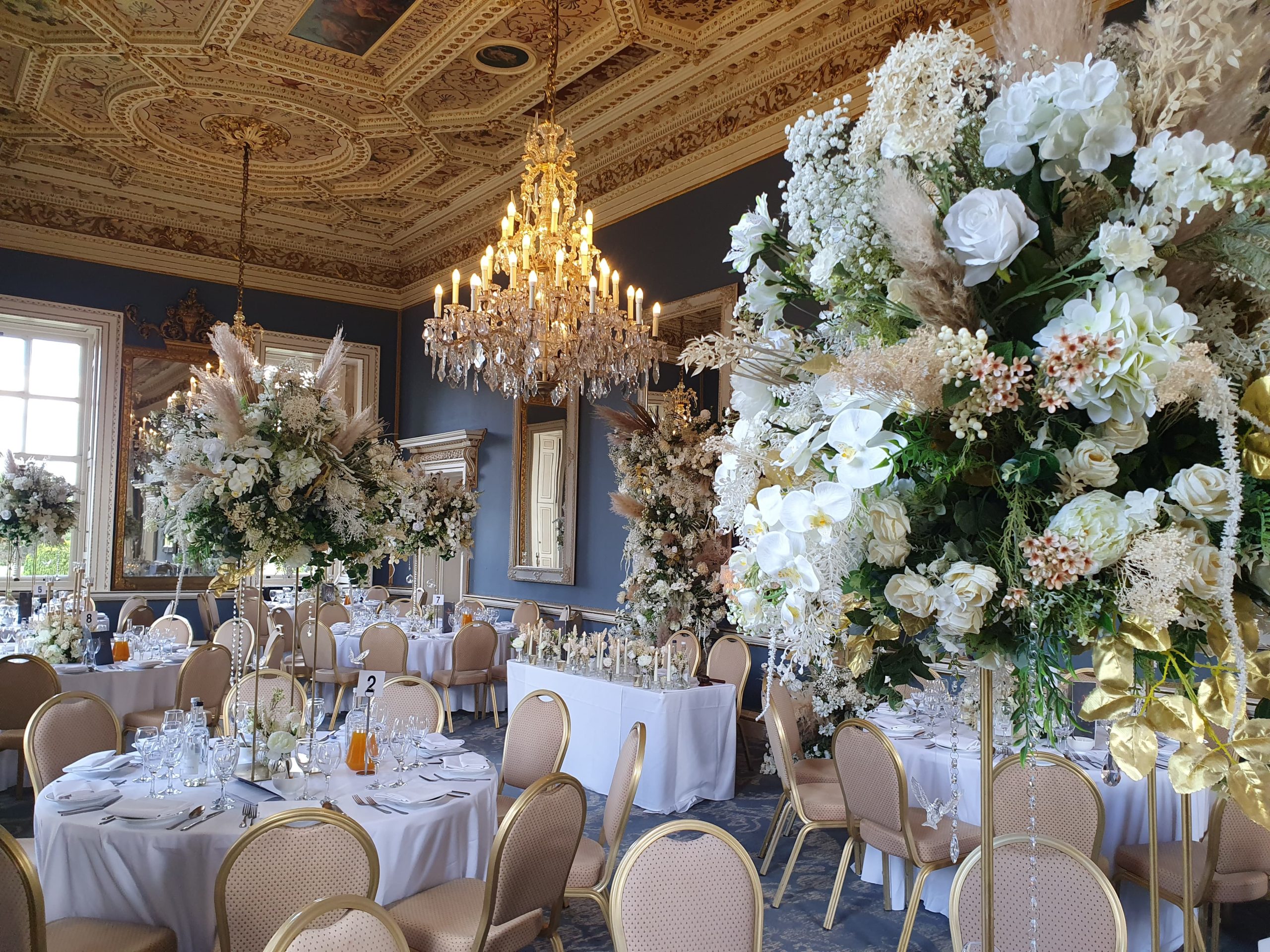Congratulations on your engagement! It’s a very happy time. And the start of a beautiful journey to the big day. One of the things you’ll want to get started with is a wedding budget, so you can begin researching, planning, and booking your favourite wedding vendors.
But how do you create a budget? Good question. Let’s find out.
Wedding Budget Step 1: Start With Your Total Wedding Budget
Before making any plans to book things, the first step is to do your research. Speak to a few suppliers and get a feel for how much services cost. Pay close attention to the difference between package offers and tailored offers.
With a rough idea of how much things cost, you can determine how much you have in your wedding budget. This means having an honest conversation about how much you can reasonably afford, without falling into debt or sacrificing future financial goals.
Start by looking at:
- Your current savings
- Any expected monthly contributions before the wedding date
- Potential support from parents or family
It’s also worth considering which contributions are gifts and what might need to be repaid later. Understanding financial obligations early on helps you to plan without any stress.
Once you know how much money you have to work with, set a hard cap on spending. Going over budget can become incredibly stressful and hold back later goals (like buying a house).
The best tip we can give you is to think: it’s not about how much you spend, but rather how you spend it.
Wedding Budget Step 2: Estimate Your Guest Count Early
Your guest list will be one of the biggest factors that will influence your overall wedding budget. That’s because most costs, like catering, venue size, seating, invitations, and even favours, are priced per guest.
Start with a rough number. Having a ballpark figure gives you a realistic foundation to build your budget.
Then create two lists. Your ‘must-haves’ and ‘would-be-nice-to-haves’.
Using your rough guest count, estimate how much you can afford to spend per person on each list. For example:
- £10,000 budget ÷ 100 guests = £100 per guest
- £15,000 budget ÷ 75 guests = £200 per guest
This simple calculation helps you quickly spot whether your guest list is realistic or needs trimming.
Wedding Budget Step 3: Prioritise What Matters Most To You Both
The key to spending wisely is to decide what truly matters to you both and allocate more budget there.
Ask yourselves: “What would make this day feel most meaningful or unforgettable for us?”
Is it:
- A dream venue
- Exceptional food and drink
- Stunning photography or videography
- Live music or entertainment
- Floral installations or décor
Choose your top 2–3 non-negotiables, then plan to invest more of your budget in those areas.
And remember, you can cut back where it doesn’t matter as much to adjust your budget. For example, if elaborate favours aren’t vital to you, you could trade off higher costs by looking at a broader range of budget-friendly options.
Wedding Budget Step 4: Break Down The Costs By Category
Once you’ve identified your total budget and your top priorities, the next step is to divide your funds across all the major wedding categories. Doing this gives you a clear budget per area, so when you go shopping, you know what your spending limit looks like.
Here’s an example for a £10,000 budget.
- Venue & catering: 40–45% = £4000-4500
- Photography/videography: 10–15% = £1000-1500
- Attire: 5–10% = £500-1000
- Decor & flowers: 5–8% = £500-800
- Entertainment: 5–10% = £500-1000
- Stationery: 1–2% = £100-200
- Miscellaneous/emergency fund: 5–10% = £500-1000
Our top tip: Don’t forget about hidden extras! They can quickly mount up. Here are some costs to expect.
- Gratuities and Tips: Some venues and suppliers expect tips for staff, mainly catering and bar teams.
- Service Charges & VAT: Not all quotes include taxes or service fees.
- Overtime Fees: Running late? DJs, photographers, or venues may charge extra by the hour.
- Transport & Parking: Guest shuttles, vendor travel fees, or valet services can add up quickly.
- Marriage Licence or Legal Fees: These vary by location but are essential and often forgotten.
- Dress Alterations: Most wedding outfits require at least one round of tailoring.
- Vendor Meals: You’ll need to feed your photographer, band, or planner on the day.
Wedding Budget Step 5: Create A Budget Tracker
Keeping track of what you spend as you spend it is going to be important. Using a spreadsheet is going to make life so much easier! It will help you spot overspending early, readjust your budget when unforeseen things happen and make trade-offs if something you really want comes in at slightly more than you planned.
Wedding Budget Step 6: Track And Adjust As You Go
We recommend reviewing your wedding budget at least once a month, or more often as the wedding gets closer.
Track:
- Deposit deadlines
- Remaining balances
- Any price changes or upgrades
By keeping a close eye on the figures, you’ll find that you can afford the hidden costs more easily and maybe even buy those beautiful shoes you’ve been eyeing up. It also allows you to be more flexible or negotiate when you have to make bigger decisions.
Now That You Have Your Wedding Budget, It Is Time To Look At Vendors
If you need help choosing your wedding vendors, then read our free guide here. We have five essential tips to help you make those choices more easily.
And don’t forget, if you are looking for mouth-watering Asian cuisine for your wedding, we can offer you full banqueting menus or a more bespoke option. Laguna also provides a wide range of wedding event services, from floristry to photography, wedding cakes to car hire.
Contact us today for more information.
